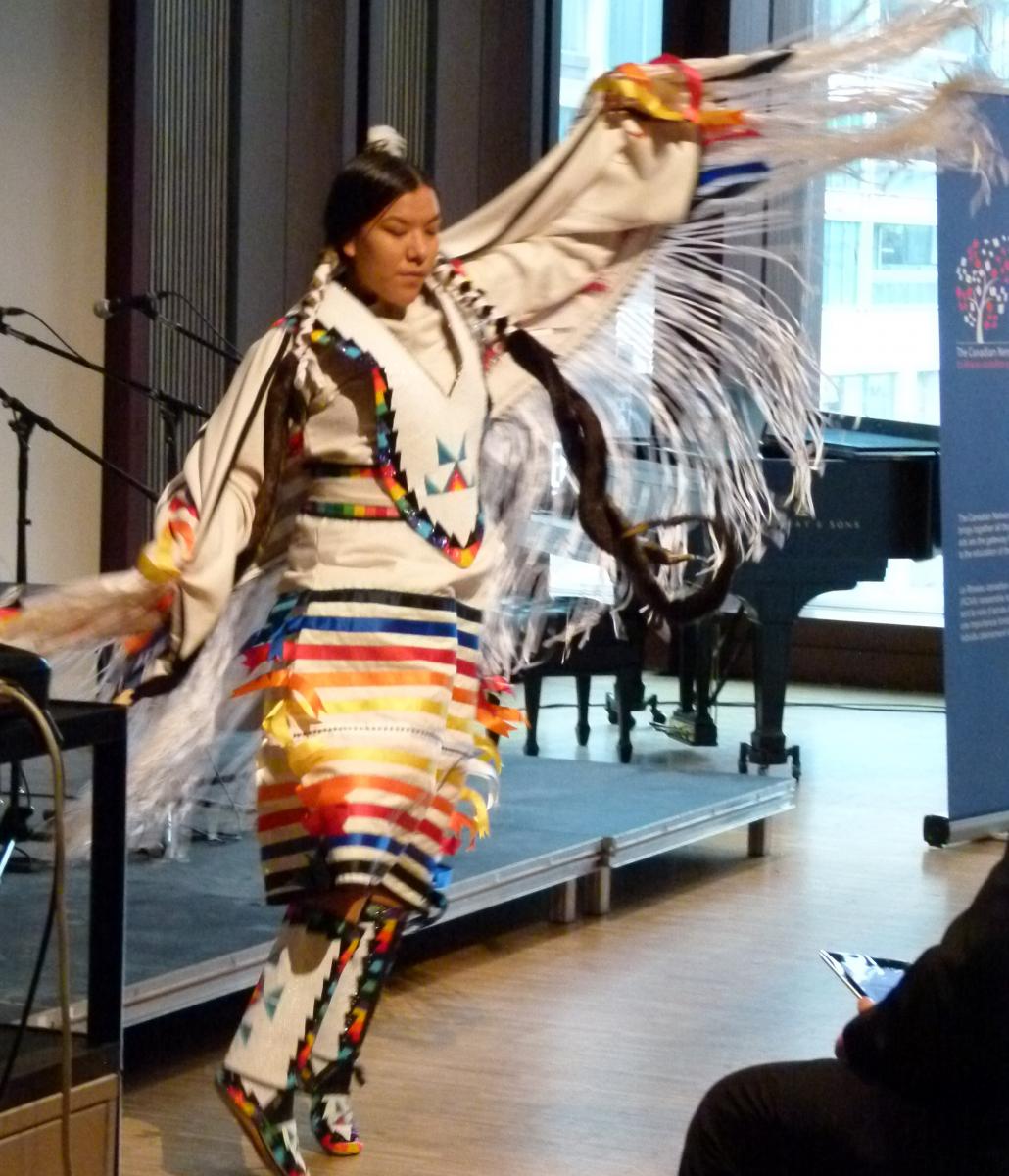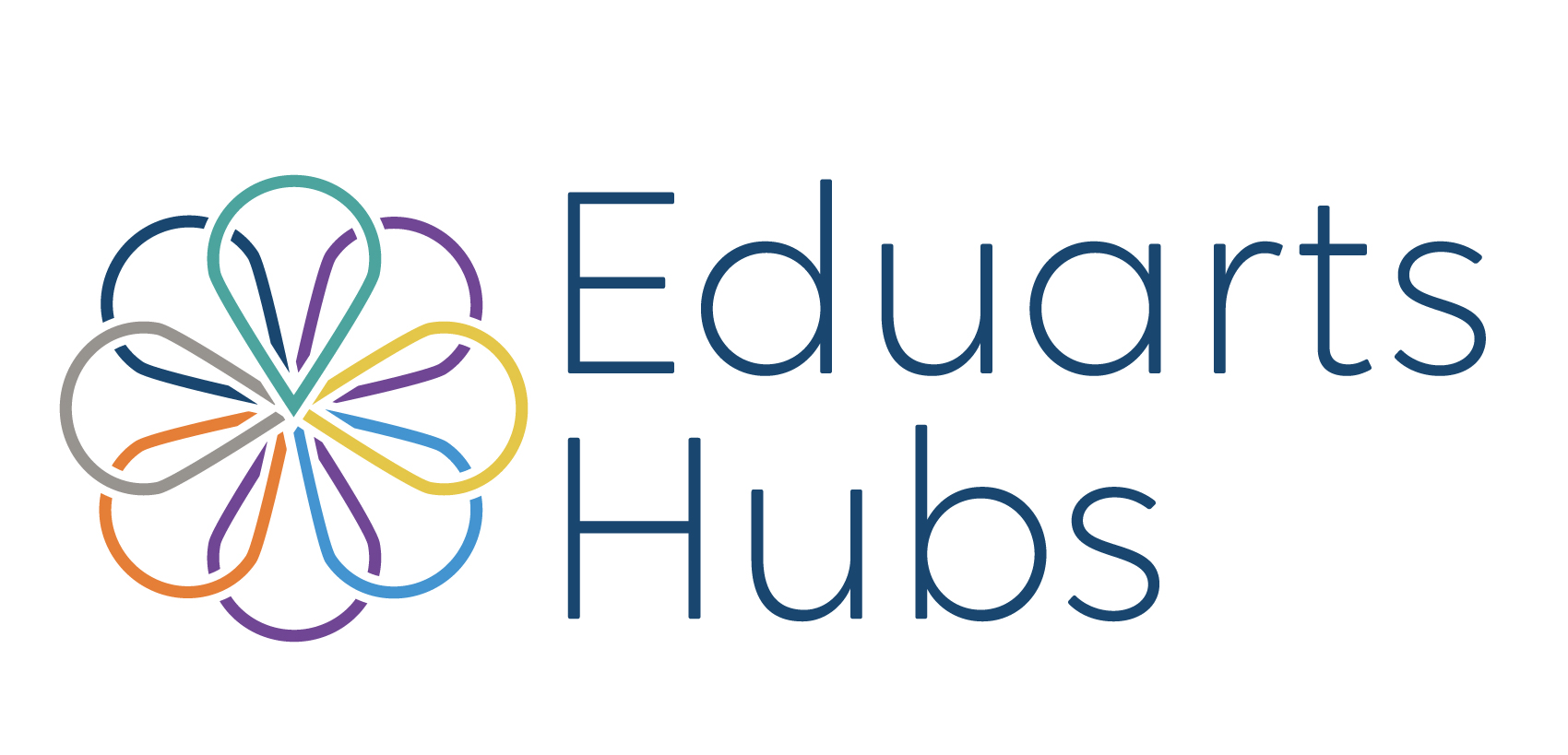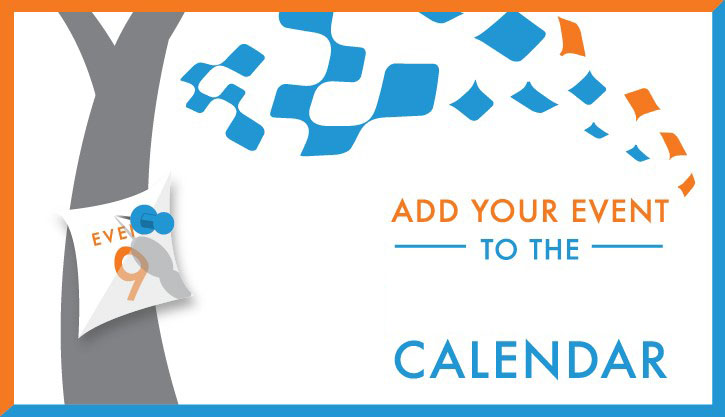
Every November throughout its 45-year history, the Labrador Creative Arts Festival has welcomed the region’s communities to Happy Valley-Goose Bay for artistic workshops and a grand showcase of performances, presentations and exhibits of school and community art-making. Bringing these isolated and disparate communities together amid pandemic restrictions required technological acrobatics and a great deal of creative problem solving due to unstable or non-existent internet connectivity.
Labrador is home to Innu, Inuit and Nunatuakavut communities which dot the landscape mainly throughout the coastal regions, with Western Labrador consisting of mining communities. Interaction amongst the district’s residents is incredibly rare, predominantly due to logistical limitations and the vastness of Labrador. According to Tim Borlase, Founder of Labrador Creative Arts Festival, the goal of the festival was to create an event which not only allowed for more frequent contact between these communities, but also gave space for the creation of original artwork which was truly representational of all cultures in Labrador and that could be shared and discussed in a public setting.
The week-long festival consists of stage and school performances of student-written material, travelling shows of children's art and photography, publication of students' scripts, presentations and exhibitions by artists, community-based projects and workshops with professional artists in various disciplines. Some of these visiting artists would also then travel to each of the communities throughout the week. Air travel was, and still is, the main and most efficient form of transportation due to how remote these communities are. Even so, air travel is not always guaranteed due to unpredictable weather conditions and mountainous terrain.
The festival was deeply affected by the physical distancing orders as it is heavily reliant on in-person interaction. The internet continues to be highly unstable especially in the Northern and Southeastern territories, and the arrival of the pandemic further aggravated issues they were already attempting to combat. The festival organizers soon realised that it would be impossible to conduct certain workshops online, and they had to shut down all travelling aspects of the festival. A creative solution was needed to find an online space which would accommodate their needs. This is where film producer Jamie Lewis came in - he was tasked with ensuring that the content would be accessible to all the school communities.
Lewis understood that everyone is somewhat of a novice in this tech space, and that softwares and programs are perpetually changing, so being flexible and accommodating with the varying technical skills of participants was essential in the success of the event. Artists and schools had full creative control when it came to recording their material. It was important to give artists complete freedom when it came to the recording process so they could work with what they were comfortable with.
All content was housed on their Youtube page and they used other Google services (such as google classroom) to allow for interaction with schools; however, Lewis emphasized that this is not necessarily the best platform, it is just what worked best for them. Lewis stated that when it comes to finding a platform, it’s all about “knowing who the end user is and what's the best way to distribute that material to them.”
According to Sandra Broomfield, Coordinator of the Festival, privacy and integrity were two key factors in the creation of this event; making sure that all material provided by artists and schools as well as any personal information, was protected. Access to the Youtube page was restricted to the participants and no information was shared elsewhere. There were also a number of bureaucratic and technical procedures established to further ensure the safety of participants, including various documents that had to be signed to accommodate the Newfoundland and Labrador English School District. Although this was fairly tedious, it actually produced a very positive outcome as the artists appeared to feel more comfortable in expressing their creativity when recording themselves, and the extensive work done by Jamie Lewis and all the organizers to ensure privacy created a sense of trust.
The response to the entire event was truly spectacular, and there are certain virtual models which they will adopt moving forward as it allowed for more participation from communities who may have not been able to travel to the festival in the past. This year, all 23 communities throughout the region were able to take part, where usually only 14 have been able to participate. Organizing a festival in the midst of a global pandemic was tough but they were able to overcome most challenges out of the sheer force of “love and passion”, as stated by Lewis, and deliver a highly successful event.
This article is based on information shared during a panel discussion which took place on April 27th, presented by the Canadian Network for Arts and Learning and featuring the Vancouver Symphony Orchestra School of Music and Labrador Creative Arts Festival. The main goal of this session was to explore and discuss the challenges faced by these two very different arts organizations in attempting to keep students engaged, connected and still able to have meaningful experiences within a global pandemic.
By Lynn Medi




